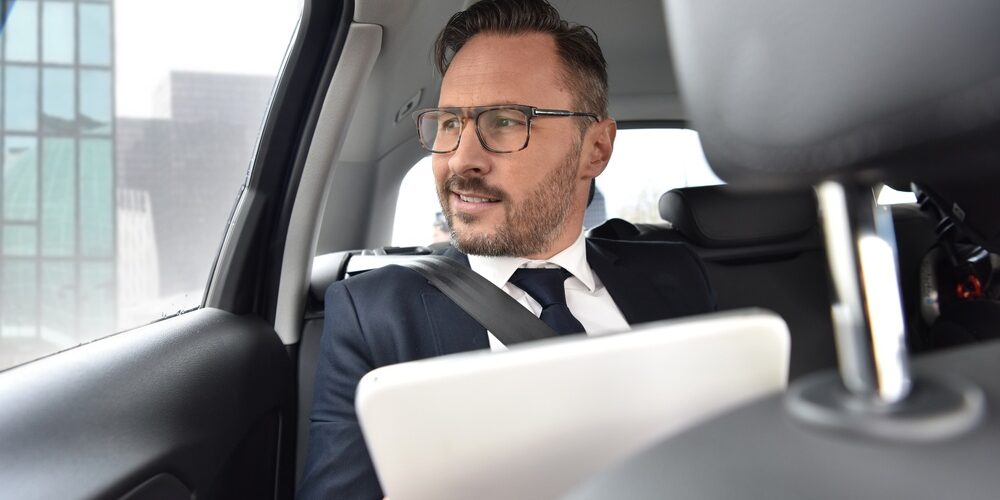Welcome to the future. Mass market is already seeing cars with assisted driving. Completely driverless cars are just around the corner. Technology behemoths and car manufacturers including Tesla, Google, GM and Uber, are pushing prototypes by endless testing hours in hopes of manufacturing the vehicles soon.
While insurance firms, consumers and businesses try to embrace a future eliminating human drivers, insurance companies are left with the duty to identify coverage and pricing that can assist independent vehicles.
Market shifts will likely happen in increments. While early adaptation of autonomous cars is limited to the world of big corporations, a small number of individuals spearheading the technology will also be involved. And with that, insurance companies will develop more strategies for risks, automated cars will be safe and smart, and consumers will eventually embrace the driverless car.
RELATED
Similar to countless other tech revolutions, the move to autonomous vehicles will be measured giving the public plenty time to adapt. However, the exorbitant costs will deter adoption to the mass market for awhile. This will leave progressive businesses and affluent tech enthusiasts to forge the path for consumers in the future.
Driverless cars cases will most probably have an impact on determining the costs for insurance, just as gender and driver’s age do now. Some might benefit from low insurance rates, but consumer transportation vehicles will pose a greater risk. Naturally, the safety and intellect of driverless vehicles will also play a part in steering insurance liabilities and rates.
Despite some concerns, driverless cars seem just as safe as their equivalents, the human-driver. Whether or not insurers decide to proactively increase driverless vehicles rates because of accidents, remains to be seen but the costs will adjust to match their risk levels.
Human drivers taking a backseat
Car ownership will in fact look significantly different by the time this technology becomes available to the masses. Owning a car may turn into an indulgence depending on the success of ride-sharing endeavors such as Lyft and Uber since driverless cars might replace personal cars.
Insurance rates will probably continue to rise to offset costs for human-operated vehicle collisions. And rather than charge premium rates to insure driverless vehicles, traditional transportation might see penalties.
Insurance companies should adjust to the certainty of uninsured vehicles causing a collision. Consumers and businesses may opt to carry additional policies that cover a variety of possible accidents.
No doubt, there will be a huge learning curve during this shift to autonomous vehicles. Nonetheless, increased convenience and safety is a future we can all embrace.
![]()






